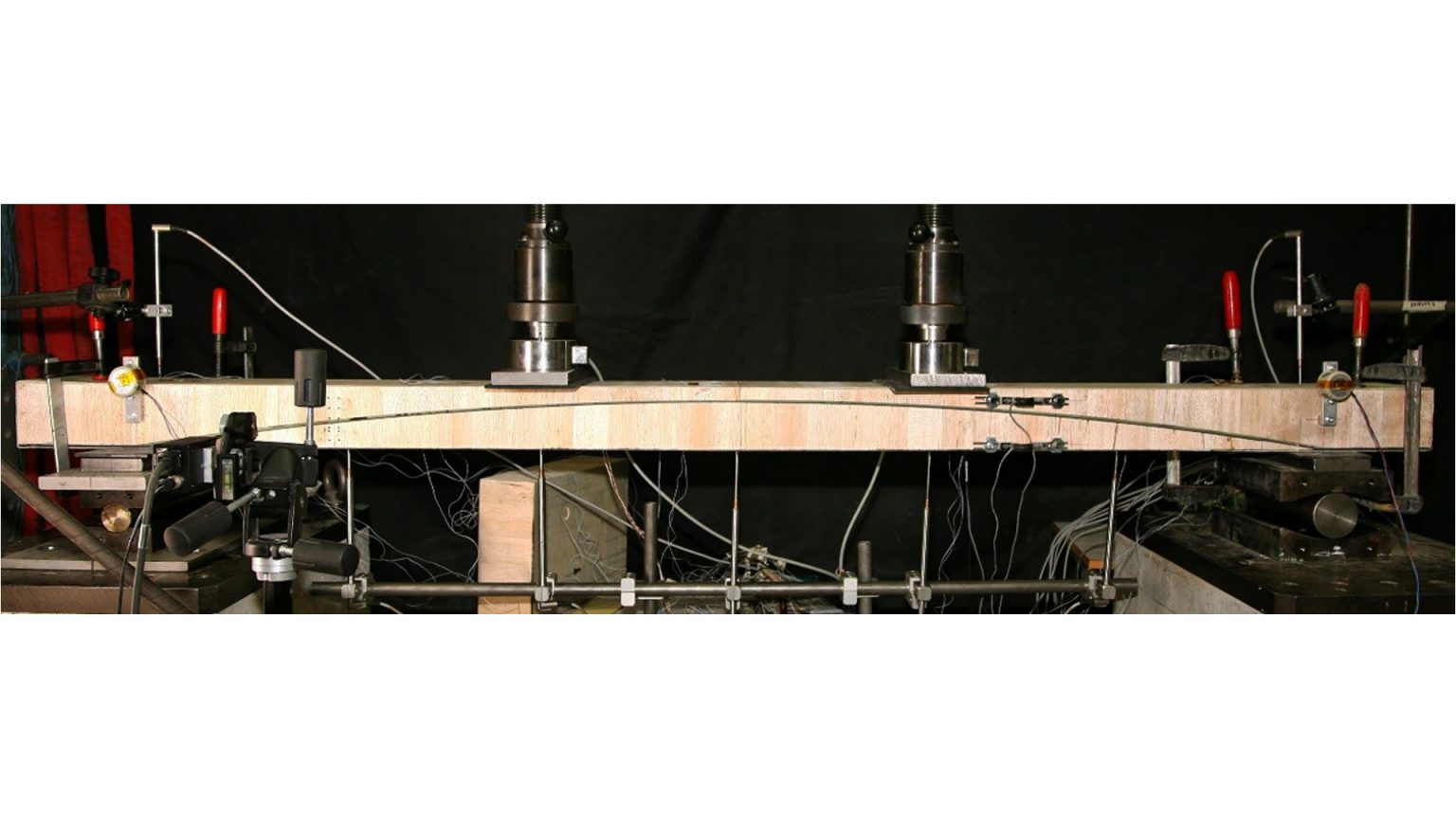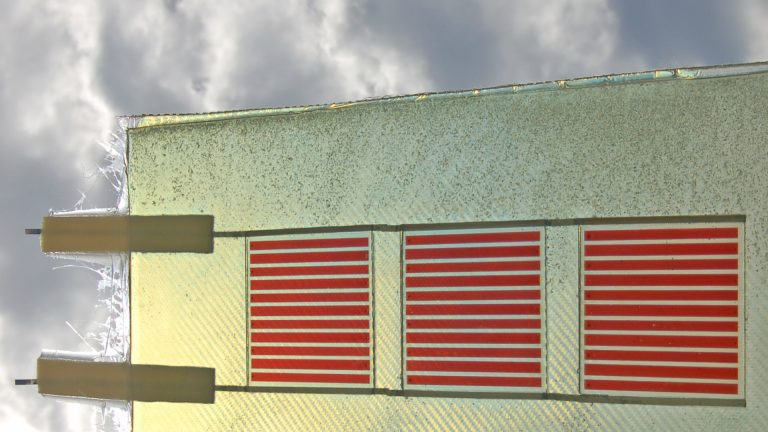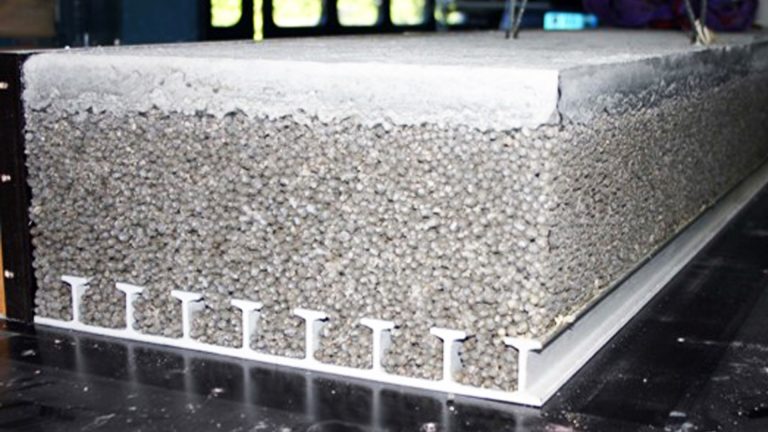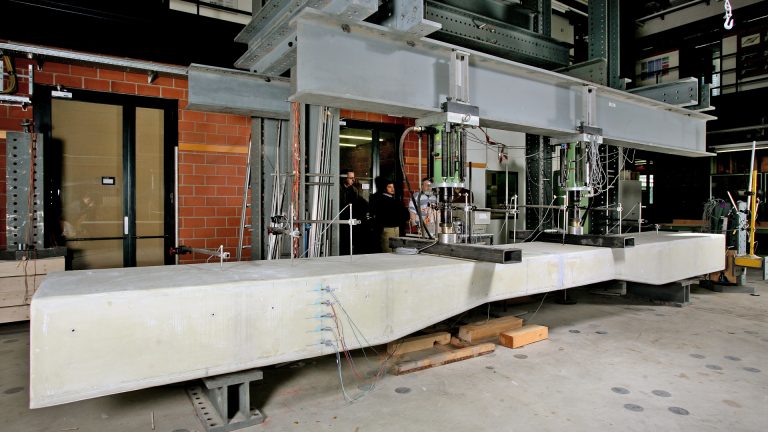Sandwich structures


– Integration of structural, building physics and architectural functions
– Structural: in-/out-of-plane and short-/long-term loading, joints
– Building physics: thermal insulation, tightness, energy supply (solar cells)
– Architectural: complex shapes, transparency, color, daylighting, LED

– Skin materials: FRP, ultra-high performance fiber-reinforced concrete
– Core materials: foams, balsa, timber, lightweight concrete
– Core assemblies: web-core, integrated arch, material combinations
– Core inserts: load introduction locations, water-cooling/heating circuits

– Material safety factors for ultimate and serviceability limit state verification
– Shear wrinkling and shear buckling in web-core sandwiches
– Long-term effects of high permanent loads
– Durability, construction detailing
–
.
Ongoing PhD thesis
Composite sandwich bridge decks on fire
N. Vahedi, T. Keller and A. Vasilopoulos (Dirs.)
.
Completed PhD theses
Local structural effects in fiber-reinforced polymer web-core sandwich structures
S. Yanes Armas, T. Keller and J. de Castro San Roman (Dirs.). EPFL, Lausanne, 2017.
Abstract – Full Text
Translucent load-bearing GFRP envelopes for daylighting and solar cell integration in building construction
C. Pascual Agullo, T. Keller and J. de Castro San Roman (Dirs.). EPFL, Lausanne, 2014.
Abstract – Full Text
Structural performance of complex core systems for FRP-balsa composite sandwich bridge decks
M. Osei-Antwi, T. Keller and J. de Castro San Roman (Dirs.). EPFL, Lausanne, 2014.
Abstract – Full Text
Biaxial wrinkling of thin-walled GFRP webs in cell-core sandwiches
B. Dehghan Manshadi, T. Keller and A. Vasilopoulos (Dirs.).EPFL, Lausanne, 2011.
Abstract – Full Text
Hybrid FRP-lightweight concrete sandwich system for engineering structures
E. Schaumann, T. Keller (Dir.). EPFL, Lausanne, 2008.
Abstract – Full Text
The development of material-adapted structural form
S. Dooley, T. Keller (Dir.). EPFL, Lausanne, 2004.
Abstract – Full Text
.